Dutch NeoBank - Reimagined for an American Market
Role: Concept, Creative Direction, Design
Fintech
Native App Design
Branding
Strategy

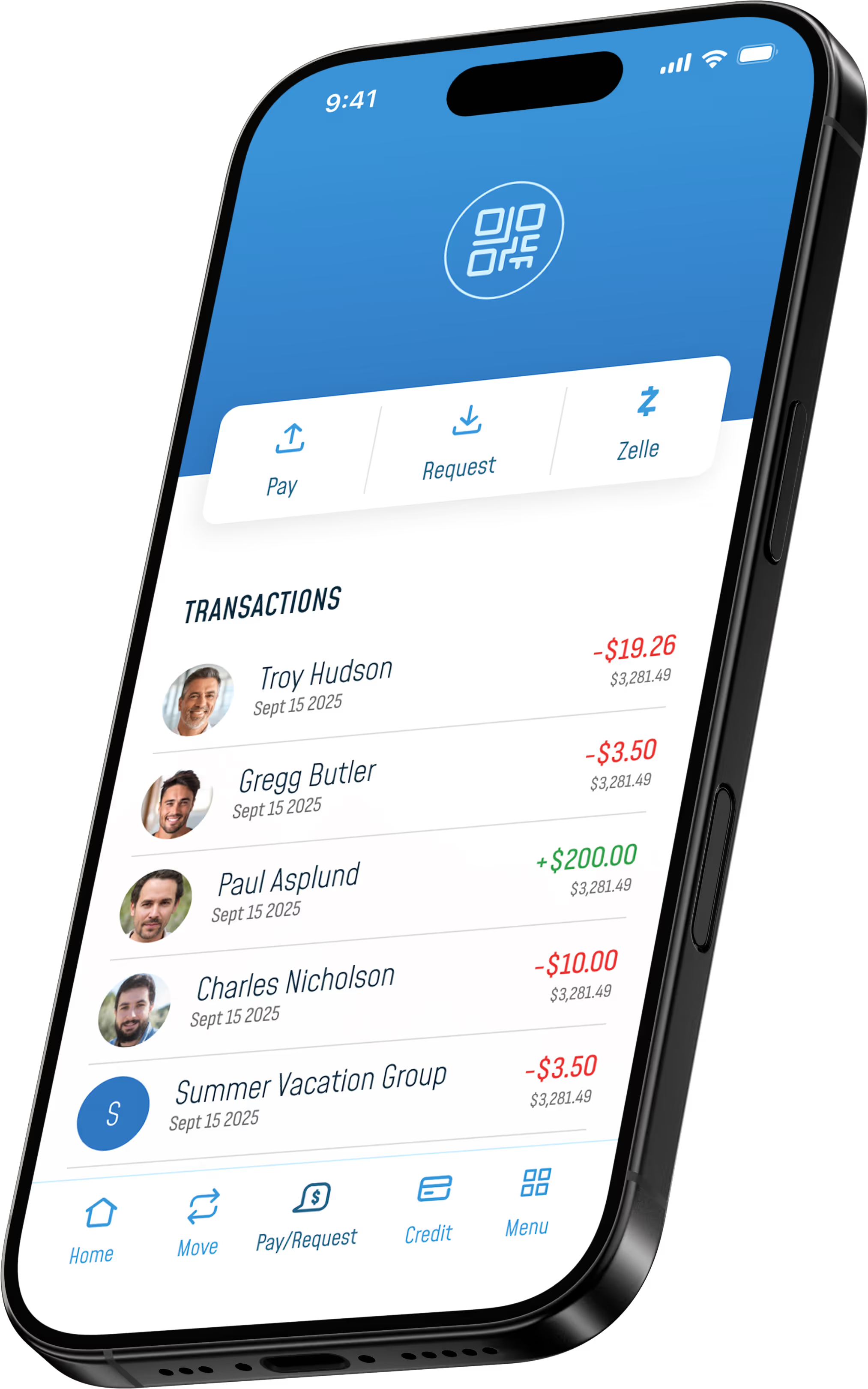


Dilemma
Europe’s second largest Neobank has been having difficulty breaking into the American market.
Bunq built an app that catered to European needs, but the American market is very different
Solution
Rebrand the company and redesign the app around USPs reprioritized for the American marketplace.
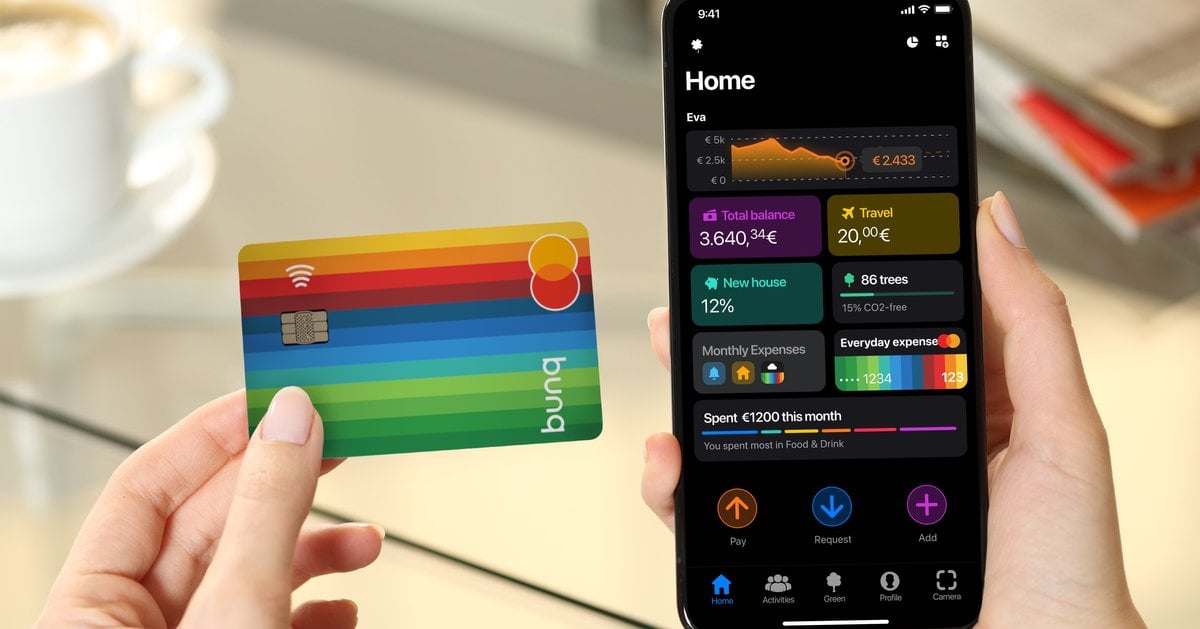
What does Bunq stand for?
SUB ACCOUNTS
Bunq's "Bank of The Free" ethos champions user control. Its highly customizable app allows users to create up to 25 sub-accounts, each with a unique IBAN, to precisely organize their finances for different goals. This flexibility puts the user in complete control, making the bank adapt to their individual lifestyle.
SUSTAINABILITY
Bunq ‘s "Freedom of Choice" feature lets users decide where their money is invested, promoting green companies. The "Easy Green" plan also plants a tree for every €100 spent, offering a simple and tangible way for users to make a positive environmental impact.
INTERNATIONAL BANKING
Designed for Europe's mobile population, Bunq simplifies international finance. It offers multi-currency accounts and a "ZeroFX" feature that eliminates foreign exchange fees on card payments abroad. Providing local IBANs in several European countries is a key advantage for those living or working across borders.
ADVANCED BUDGETING
Bunq empowers users with smart, automated financial tools. "AutoSave" rounds up payments to save the change, while "Salary Sorter" automatically divides income into different budget pots. These features, combined with real-time spending insights, make saving and budgeting effortless.
SOCIAL BANKING
Features like "Bunq Me" create personal payment links for easily settling debts, while "Common Goals" and "Slice Groups" allow users to effortlessly save together or split expenses like rent and holiday costs. This turns the bank into a social tool for shared finances.
OPEN API
As a tech company, Bunq provides a powerful open API for developers to build custom apps and integrate software. The in-app "Marketplace" complements this by connecting users with third-party financial apps, highlighting Bunq's platform-based approach.
Organize the features & USPs
I listed out and organized the features and USPs of the Bunq app and categorized them according to how Americans would view them –with high interest, medium interest or low interest.
Items in green were features that Bunq needs to adopt to be relevant to an American market (like credit monitoring) and items in red are things that actively work against them.
Items in green were features that Bunq needs to adopt to be relevant to an American market (like credit monitoring) and items in red are things that actively work against them.
Problems with USPs & Branding
3 major issues standing in their way
Bunq leans heavily into the idea of currency exchange, being able to hold and manage 22+ currencies with multiple local IBANs across Europe as well as their green initiatives. Both of these things are something Americans will care less about.
CURRENCY EXCHANGE
Central to Bunq’s USPs is the idea of free and easy currency exchange - a valid USP for the European market. However Americans do not deal in foreign currencies or exchange currencies enough to be a relevant USP.
LACK OF CREDIT FOCUS
Unlike Europe, America is run on credit. Your credit score determines everything from your interest rates to housing and even a job. Bunq would need to add credit monitoring and a line of credit to compete in the American marketplace.
NAMING & COLOR SCHEME
Bunq (or “Bunk”) mean’s “nonsense” in colloquial english and it’s rainbow color scheme would be seen as LGBTQ, which is divisive in America at best. If it wants to succeed in the US it will have to adopt a new color scheme and name.
Reorganizing their USPs
The US fintech space is crowded and Americans are not used to certain features like subscription banking. Or they have pre-existing habits that would be hard to break, like using Venmo, Paypall and Zelle for social banking.
Sub Accounts & Money Pots
Unique in the American Marketplace
A June 2025 study by Chase found that 85% of consumers would prefer to manage all their banking in a single app and 34% currently use digital budgeting tools.
Over 70% of Gen Z and Millennials make up the user base for finance apps. A 2025 report notes that Gen Z favors "mobile-first, minimalist banking interfaces with instant access to features like spending insights and budgeting"
20.9% specifically use budgeting apps, while others use tools like budgeting spreadsheets or features built into their banking platforms which means 79% are likely looking to use a simpler feature.
Over 70% of Gen Z and Millennials make up the user base for finance apps. A 2025 report notes that Gen Z favors "mobile-first, minimalist banking interfaces with instant access to features like spending insights and budgeting"
20.9% specifically use budgeting apps, while others use tools like budgeting spreadsheets or features built into their banking platforms which means 79% are likely looking to use a simpler feature.
Auto-Save / Round-Up
High interest / High-adoption feature
Acorns, the main Round-Up app, has over 10 million users as of May 2024, with a significant portion of these users saving and investing through the platform. Users have invested over $15 billion using Acorns.
Current competitive banking apps like Chime, SoFi and Capital One allow you to set automatic savings amounts on a reoccurring basis.
Current competitive banking apps like Chime, SoFi and Capital One allow you to set automatic savings amounts on a reoccurring basis.
Fee Transparency
High Resonance / High expectation
A deep-seated frustration with hidden and punitive fees is a primary driver for Americans switching to neobanks. Bunq's transparent, subscription-based model, which eliminates many of the surprise charges common in traditional U.S. banking (like overdraft fees and monthly maintenance fees), would be a major draw.
A 2025 Wise report indicates that 71% of consumers would abandon a provider if they discovered hidden fees.
Hidden fees are a major source of dissatisfaction for many, with 54% of customers identifying them as such.
A 2025 Wise report indicates that 71% of consumers would abandon a provider if they discovered hidden fees.
Hidden fees are a major source of dissatisfaction for many, with 54% of customers identifying them as such.
Sleek, Mobile-First UI
High Resonance / High expectation
American consumers, particularly younger demographics, have high expectations for the digital experience. A polished UI will give a competitive advantage against the often-outdated interfaces of traditional American banks.
A survey found that57% of people were not likely or very unlikely to have an account with a financial provider that offers a bad mobile experience.
96% of consumers rated their bank's online and mobile app experience as "excellent," "very good," or "good". However,59% of users rate their mobile banking experience as "average," indicating a gap between expectations and current offerings.
A survey found that57% of people were not likely or very unlikely to have an account with a financial provider that offers a bad mobile experience.
96% of consumers rated their bank's online and mobile app experience as "excellent," "very good," or "good". However,59% of users rate their mobile banking experience as "average," indicating a gap between expectations and current offerings.
High Yield Savings Accounts
Medium Resonance / High Competition
In a climate of rising interest rates, American consumers are increasingly seeking out high-yield savings options. Bunq's competitive interest rates on savings will be an attractive feature. However, the resonance is not "high" because several established online banks and fintechs in the U.S., such as Ally Bank and SoFi, already offer very competitive rates, making this a crowded and competitive space.
A 2025 study revealed that78% of Americans are aware they could be earning more interest on their savings.
Despite this awareness, only 34% have moved money for a better rate. Among those who opened new accounts, 22% cited a higher savings rate as the reason.
A 2025 study revealed that78% of Americans are aware they could be earning more interest on their savings.
Despite this awareness, only 34% have moved money for a better rate. Among those who opened new accounts, 22% cited a higher savings rate as the reason.
Early Paycheck Access
Medium Resonance / High Competition
This feature, popularized by Chime, has become a significant driver of customer acquisition in the U.S. neobank market. It addresses the cash flow challenges faced by many Americans. While not a unique feature, its inclusion is crucial for Bunq to be competitive in the U.S. market and will resonate strongly with a large segment of the population.
Younger workers, especially Millennials and Gen Z, are the strongest drivers of demand for early pay, with over 80% finding it important.
A 2024 survey showed that about three-quarters of employees find earned wage access an important benefit for their employer to offer. Another study found that 81% of employees would choose a job that offers free, on-demand wage access over one that does not.
Younger workers, especially Millennials and Gen Z, are the strongest drivers of demand for early pay, with over 80% finding it important.
A 2024 survey showed that about three-quarters of employees find earned wage access an important benefit for their employer to offer. Another study found that 81% of employees would choose a job that offers free, on-demand wage access over one that does not.
Sustainability & Green Features
Low Resonance
Bunq's focus on sustainability, such as planting trees for spending and allowing users to choose how their money is invested, is a commendable and forward-thinking USP. While there is a growing segment of socially conscious consumers in the U.S., it is not yet a primary driver for the majority when choosing a bank. This feature will likely appeal to a niche but dedicated audience and can be a strong brand-building tool, but it may not be a primary conversion driver for the mass market.
Subscription Banking
Low Resonance
The appeal of subscription-based banking stems from a growing dissatisfaction with traditional banking fees, which many consumers find complex and frustrating. The move toward subscriptions replaces unpredictable fees with a flat, transparent monthly fee for a bundle of services.
Digital-first banks like Acorns and N26 offer various tiered subscription plans with expanded perks.
Digital-first banks like Acorns and N26 offer various tiered subscription plans with expanded perks.
...and adding necessary American features
Credit Monitoring
Table Stakes Feature in US Fintech
This is arguably the most significant gap in a European-centric offering for the American market. The U.S. runs on credit, and a good credit score is essential for everything from renting an apartment to getting a mortgage or even a job.
Tools that help users build or improve their credit score are a major driver of customer acquisition for U.S. neobanks like Chime and Varo. This could include features like secured credit-builder cards, reporting on-time rent or subscription payments to credit bureaus, and free access to credit score monitoring and educational resources directly within the app.
Tools that help users build or improve their credit score are a major driver of customer acquisition for U.S. neobanks like Chime and Varo. This could include features like secured credit-builder cards, reporting on-time rent or subscription payments to credit bureaus, and free access to credit score monitoring and educational resources directly within the app.
Subscription Management
Best In Class Feature Add-On
The "subscription economy" is a significant part of American household spending, and many consumers struggle to track their recurring payments.
A dedicated feature that automatically identifies recurring subscriptions, allows users to monitor them in one place, and provides an easy way to cancel unwanted services directly from the banking app would be a highly valued utility.
A dedicated feature that automatically identifies recurring subscriptions, allows users to monitor them in one place, and provides an easy way to cancel unwanted services directly from the banking app would be a highly valued utility.
To succeed in the American marketplace, Bunq needs to:
Focus on Sub-Accounts
Add credit monitoring
Rebrand for the US market
Auditing the competition
I audited the major online banks popular in the US for features and colors.
All of them have a predominantly monochromatic color scheme
All of them have a predominantly monochromatic color scheme

Adjusting the color scheme
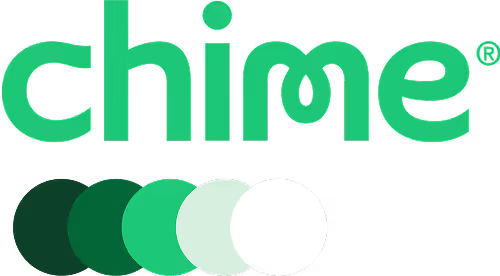
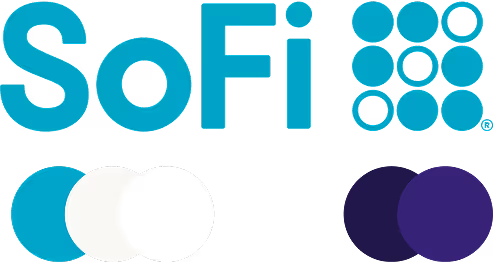


Looking at the competition and expectations of the marketplace, most of the brands’ apps are predominantly monochromatic. Monochromatic color schemes evoke a sense of sophistication and modernity. A monochromatic blue scheme can evoke a sense of trust and calmness, which is often used in finance or health-related apps.
Bunq’s rainbow color scheme evokes a childlike, almost frivolous aesthetic that does not inspire trust. In addition, its similarity to the LGBT pride flag colors could be very problematic to many Americans, hinting that it should be simplified.
Bunq’s rainbow color scheme evokes a childlike, almost frivolous aesthetic that does not inspire trust. In addition, its similarity to the LGBT pride flag colors could be very problematic to many Americans, hinting that it should be simplified.

I suggest focusing on the blue hues of the brand and expanding the palette, saving the secondary colors for meaningful labeling.
Designing the dashboard
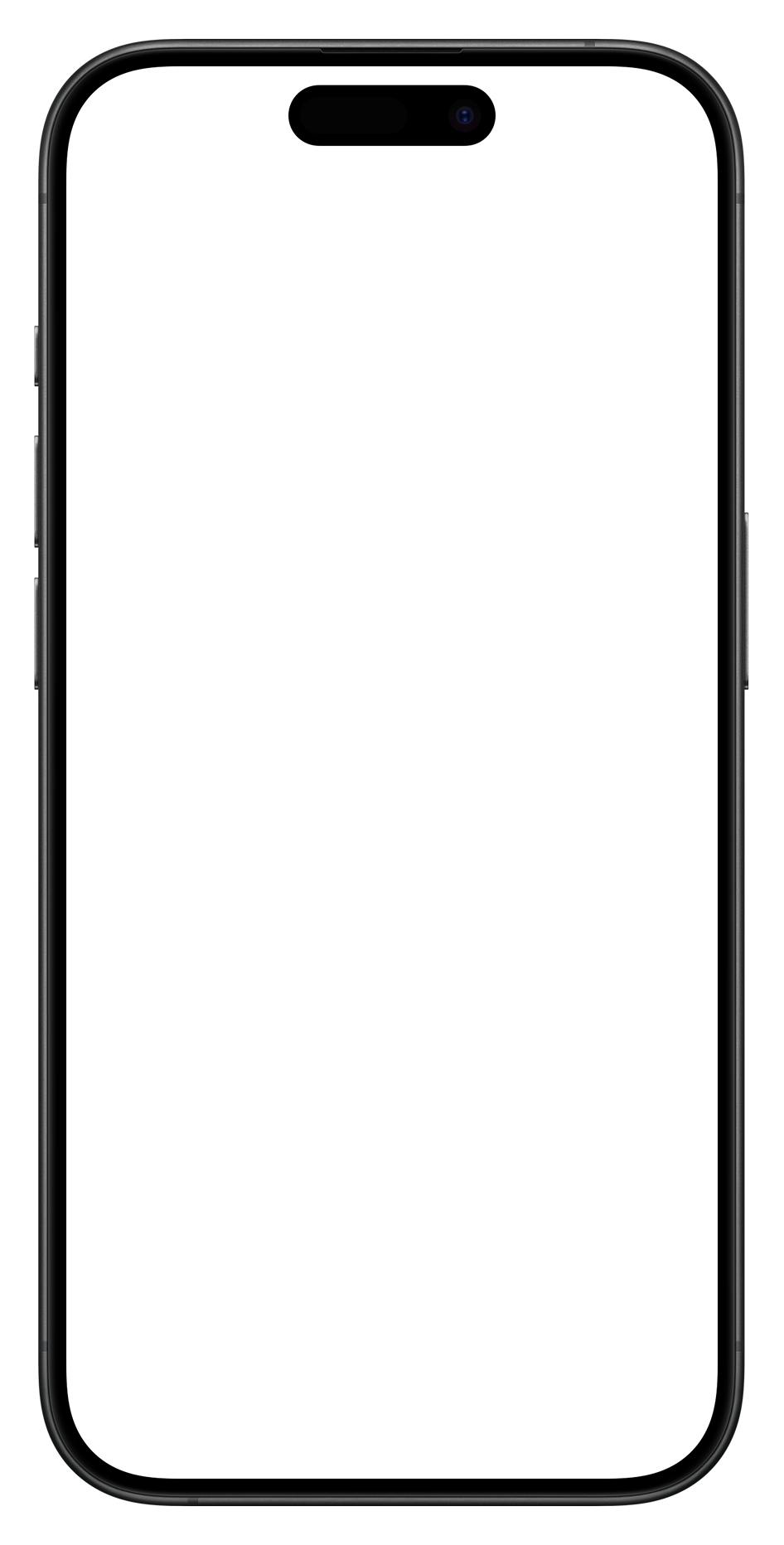

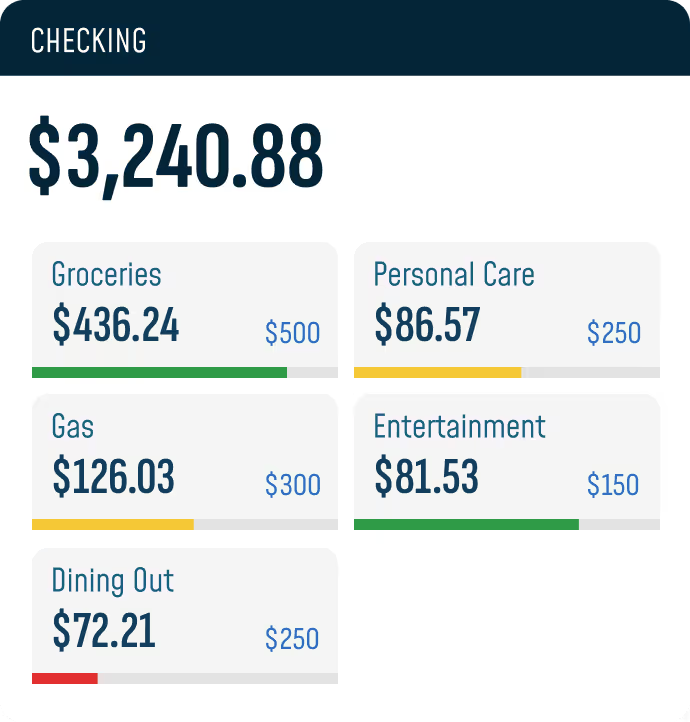
COLOR CODED ACCOUNTS
Accounts are color coded for easy identification;
NESTED SUB-ACCOUNTS
Nesting the sub-accounts within their parent account visually displays your money organization without the need for explanation.
COLOR CODED PERCENTAGE
Using Bunq’s secondary brand colors in strategic ways to denote sub account levels gives easy identification for budgets the user is close to maxing out.
Green initiatives were maintained but gamified
While there is a growing segment of socially conscious consumers in the U.S., it is not yet a primary driver for the majority when choosing a bank. This feature will likely appeal to a niche but dedicated audience and can be a strong brand. Therefore it was deprecated to the footer as a 3D gamified featured.
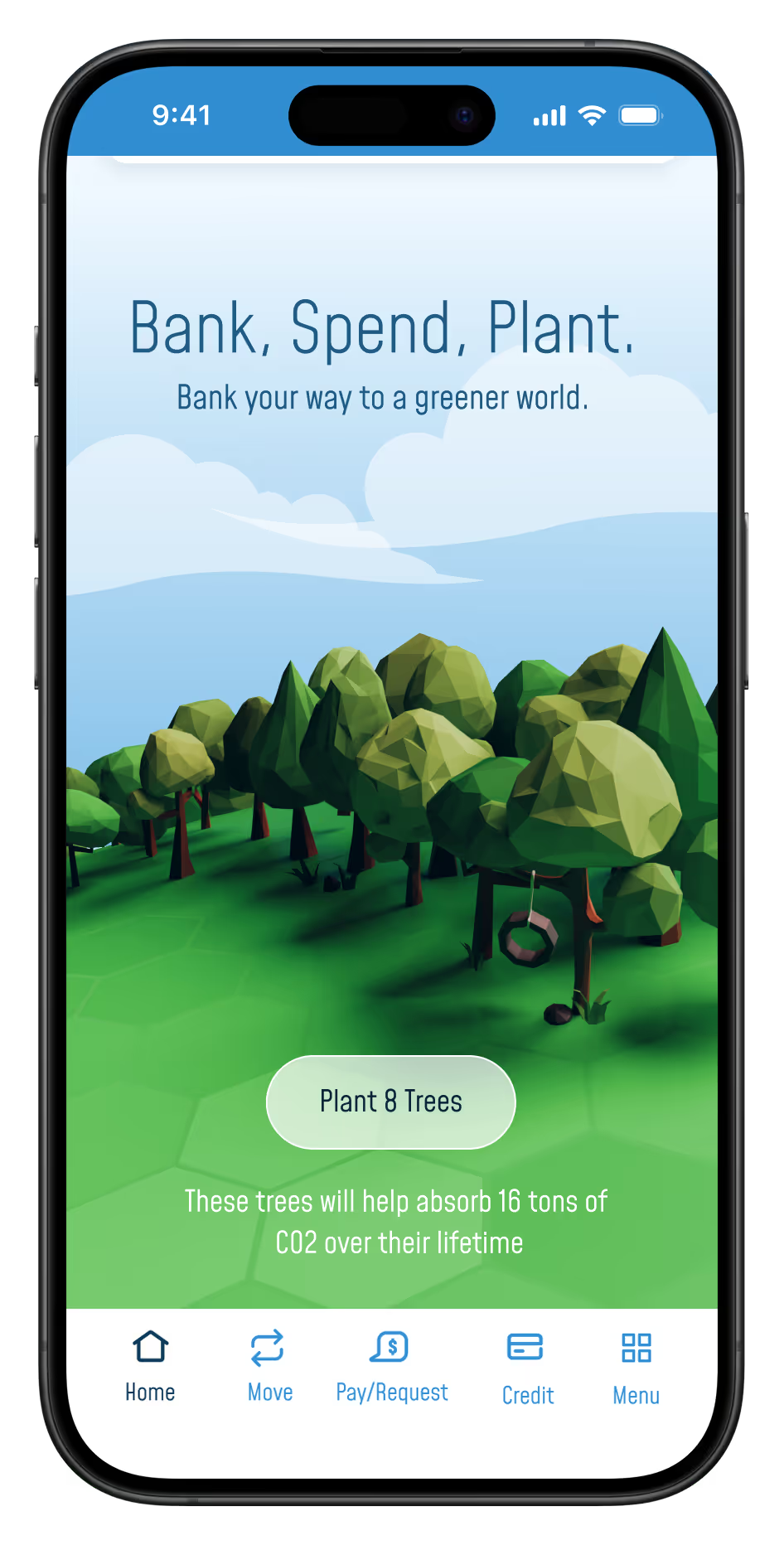

As they use the app, Bunq’s green initiatives are represented by a growing forest of low-poly trees at the bottom of the app that changes over time. People can redeem the trees they’ve accumulated to plant and see them grow in their digital forest. Additionally they can see just how much of an impact they are making while having fun with their miniature digital world.
The 3D world is designed to be like Animal Crossing where the user can scroll around their forest and explore by dragging their finger.
The 3D world is designed to be like Animal Crossing where the user can scroll around their forest and explore by dragging their finger.
Gen Z and the Rise of Money Pots
The budgeting method known as "cash stuffing" has surged in popularity throughout 2024, driven by social media trends and economic concerns like inflation and high credit card debt. Primarily adopted by Gen Z, this strategy involves using physical cash in labeled envelopes to enforce strict spending limits, creating a psychological "pain of paying" that discourages impulse buys.
While the traditional cash method is popular, digital alternatives that replicate the system with virtual "envelopes" are also on the rise.
While the traditional cash method is popular, digital alternatives that replicate the system with virtual "envelopes" are also on the rise.

Focusing on Sub Accounts & Budgeting
This is perhaps the most unique feature that Bunq can offer in the American Marketplace: Sub Accounts. These offer a high degree of control over one’s finances and there is a growing demand for this type of budgeting system.
Unique to the American marketplace
Each with their own unique card and account number
Can be shared, family, children’s etc...
Americans are becoming increasingly budget conscious
Integrated Social Payment Features
Approximately 76% of Americans have used a Venmo, PayPal, Zelle, or Cash App payment app at some point, though usage varies by app.
Necessary feature for the American marketplace
Direct deposit gives them an advantage over competitive P2P digital payment services
Integrated Bunq.me payment allows users to pay anyone, regardless of a Bunq account


Transferring amongst accounts
Bunq allows for easy money moving between accounts including sub-accounts with features like “top off” and “automatic paycheck sorter” which will divvy up your paycheck according to your needs
A significant majority of consumers (77 percent) prefer to manage their bank accounts through a mobile app
Additionally, 83 percent of customers say digital innovations in banking are making banking services more easily accessible.
The name “Bunq” is problematic in English
“Bunq” is a homonym of “Bunk” which colloquially refers to nonsense, humbug, or foolish ideas. It is an informal term, often used to express that something is untrue, meaningless, or simply silly.
This is not a savvy name for a fintech app
This is not a savvy name for a fintech app
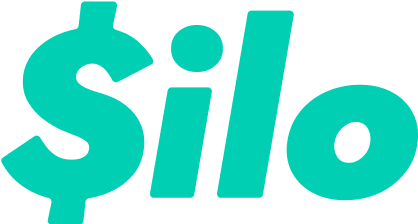
Silo is a short, strong name that perfectly describes the function of separating your money into distinct containers for different purposes.

An important Roman goddess who became associated with the protection of funds and was known by the epithet Juno Moneta

A homonym of “cash” and meaning “store away in hiding or for future use.” This perfectly sums up the sub-account budgeting feature.

In conclusion...
Bunq has a lot going for it that would resonate with the US market like sub-accounts, integrated social banking, and green initiatives but would require a restructuring of its USPs as well as a rebrand to fit within American sentiments and compete with the American marketplace.


